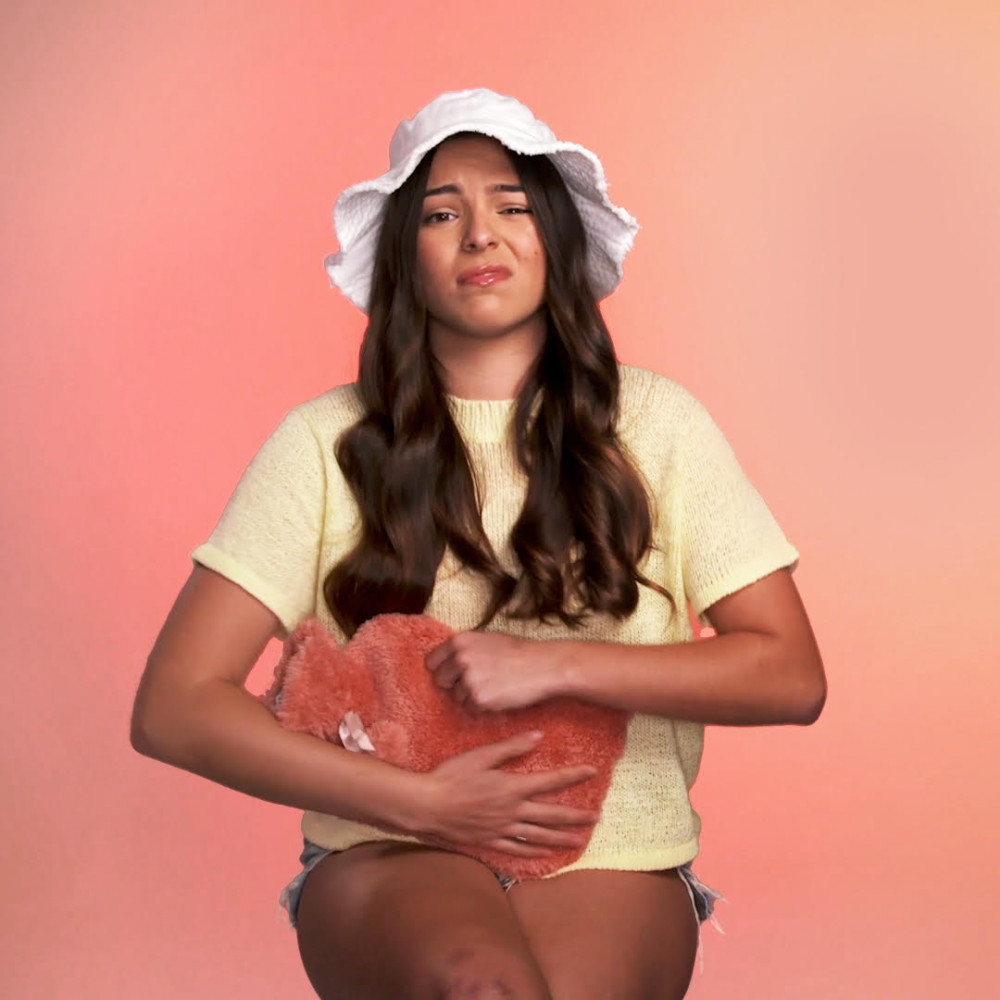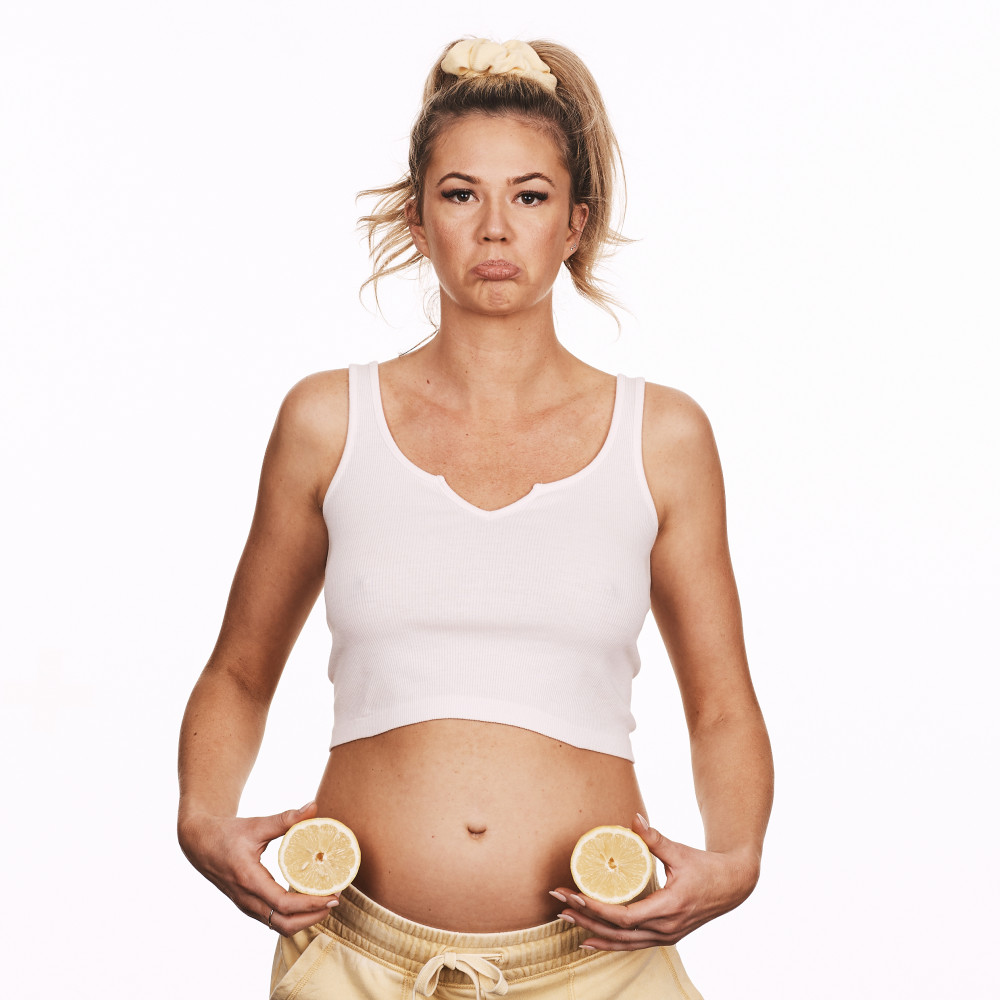Nearly every woman experiences period pain to some degree – those wrenching waves that come with the uterus contracting and shedding its lining. But what if the level of pain is almost too hard to bear? If you are seriously debilitated by pain – the kind that makes you want to cry out and roll on the floor – don’t make the mistake of thinking that it’s ‘just one of those things’. There may be an underlying reason, and you need to get that checked out ASAP.
Painful periods are often the first clue that you have endometriosis. Endometriosis (AKA endo) happens when cells similar to those that line the uterus grow in other parts of the body where they’re not supposed to, commonly in the pelvic area, and on the reproductive organs, ie ovaries, fallopian tubes and the outside of the uterus. The endo cells form patches that leak and bleed at the same time you have your period, which causes inflammation and scarring.
Approximately 10 per cent of all women between the ages of 15 and 45 have this. And while it is most common in women in their 30s and 40s, endometriosis can happen in any girl or woman who has periods, right from the very first one. No one is sure (yet) what causes it, and the symptoms can vary, so it often goes undiagnosed for years. Some women may have no symptoms at all, until they have difficulty falling pregnant. Others experience heavy periods, bloating, tiredness, vaginal discomfort, bleeding between periods, and bladder and bowel problems. But pain is the key indicator. About 75 per cent of people with endo suffer pelvic pain and/or horribly painful periods – so much so that you can't leave the house to go to work or school, and medicines have little or no effect. To be properly diagnosed, you’ll need to talk through your symptoms with a specialist doctor. If they fit the endo bill, next step is generally an ultrasound. If that isn’t conclusive, you may be offered a surgical procedure called a hysteroscopy, where the doctor uses a teeny tiny telescope to look inside and see what’s going on. The good news is that once it’s been identified, endo can almost always be treated. Hormonal treatments can reduce pain and bleeding. Removal of the rogue growths by a surgeon can bring the pain down to a manageable level, and restore your fertility to normal.
Of course the sooner you get on the bandwagon, the better your chances for avoiding long term issues. So don’t put off asking for help. Too many young women are convinced by their mothers, their peers, and even their GPs, that extreme pain is normal. It isn’t.





